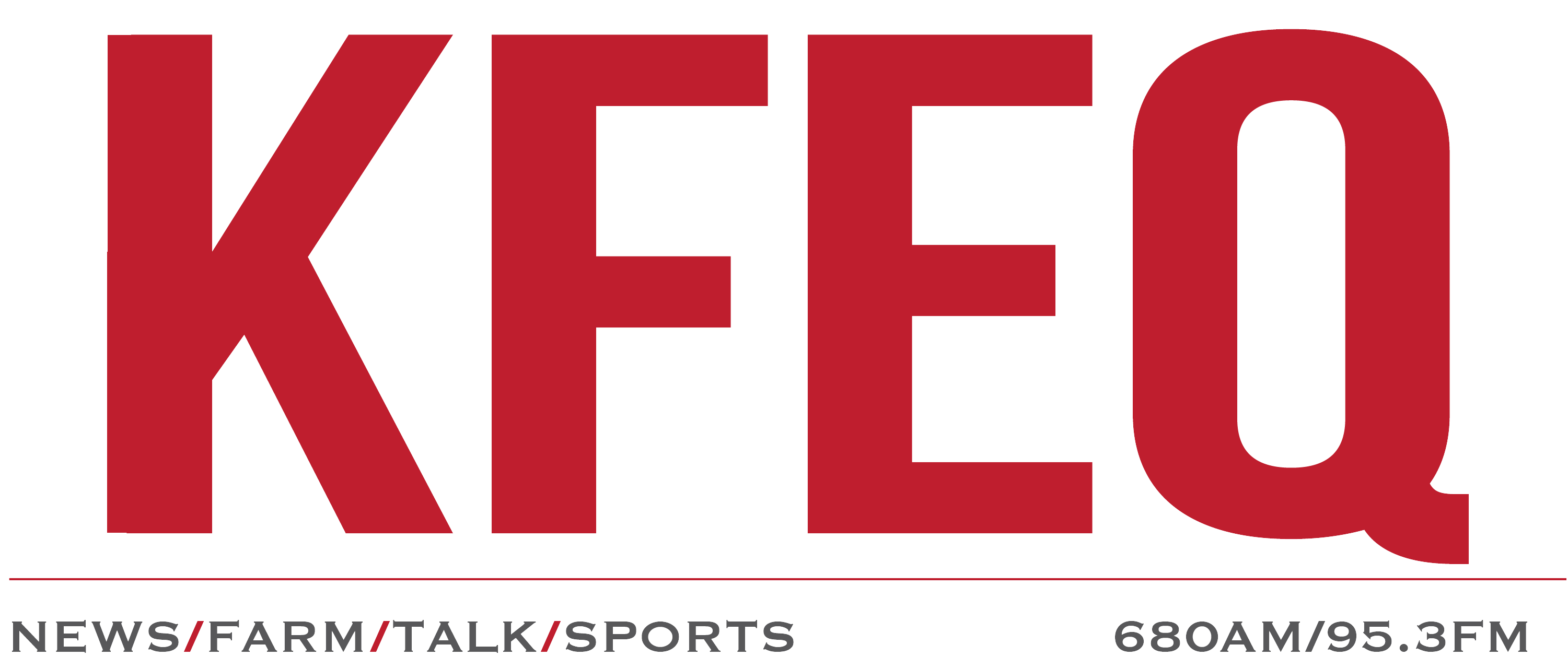

CORN:
Corn futures, in slow early trade, rose modestly Wednesday, led by spot July as calendar spreads tightened, reflecting the rising corn basis. However, by the close not only had nearby futures months faded, but December set another contract low, fading late. Weather continues to be erratic for the Corn Belt, featuring heavy rain and massive flooding in parts of the Dakotas, Minnesota, Iowa and Wisconsin. Up until the past few days, the Eastern Corn Belt has had very warm temperatures and a lack of rain. However, in the past few days some decent rain fell in Illinois, Indiana and Ohio, with more in the forecast over the next few weeks. In the south-central U.S. and Southern Plains and Delta, it has been too dry, but Arkansas was getting some showers early Wednesday. Funds are carrying a bearish bias in corn, with a net short still estimated to be 210,000 contracts just ahead of the key pollination window. Friday could be an interesting day with the USDA report, first notice day for July futures, end of the quarter and month.
SOYBEANS:
The soy complex was mixed early Wednesday, with spot soy futures stronger while new-crop soybeans and soymeal futures fell and bean oil rallied. By the close, even spot July gave up the gains and November fell to another new low. The feature in beans was the widening of the inverses in calendar spreads, with both July-August and July-November reflecting the strong basis and slow cash movement. New-crop November soy futures again fell to a new contract low and the lowest level since August 2021. Weather has been a mixed bag, with serious flooding in the northwestern belt and heat and dryness in the central, eastern and southern Midwest. However, in the past few days the Eastern Corn Belt has been blessed with rain, and there is more on the way next week. Funds remain net short a combined 200,000 contracts of soybeans and bean oil, while carrying a net long of 97,000 contracts of soymeal as of Wednesday.
WHEAT:
Wheat futures began Wednesday trade with strong early gains in all three markets led by Kansas City. However, by the close, most of those gains had dissipated, with Kansas City still higher on the heels of rumors of Brazil interest in hard red winter. Early strength came from the oversold condition and the fact world importers finally thought wheat might be cheap enough. Winter wheat harvest is on a path to reach 50% done by the weekend. Spring wheat conditions last week, though declining, are still considered historically good at 71% good to excellent. However, with the massive flooding issues in the Dakotas and Minnesota, we can expect ratings to fall and damage to result. Wheat remains hugely oversold, but buyers have been few and far between.
LIVE CATTLE:
At the week’s midpoint, traders have finally decided to jump into action and are fully supporting the live cattle complex. Most nearby contracts are trading well over $1.00 higher and the deferred contracts aren’t far behind. August live cattle are up $1.42 at $185.85, October live cattle are up $1.37 at $185.72 and December live cattle are up $1.20 at $187.35. Still, no cash cattle trade has developed, but it’s likely the board’s higher tone will help feedlots hold the market at least steady, if they’re not able to push prices higher, which isn’t out of the question either. Asking prices are noted in the South at $192 to $194 but are not yet established in the North. Trade will likely be delayed until Friday, as feedlots have their sights set on higher prices.
FEEDER CATTLE:
Upon seeing the corn complex trading lower and seeing the live cattle contracts trading fully higher, feeders are fearlessly charging into Wednesday’s noon. With full support from the futures complex, the market currently has all the puzzle pieces it needs to lock in a higher tone as fundamentally demand remains incredibly strong, which is evidenced by Tuesday’s CME Feeder Cattle Index of $257.90.
LEAN HOGS:
Even the lean hog complex is rallying into Wednesday’s noon hour, which is refreshing after seeing the complex pressured earlier in the week. Midday pork cutout values are higher, mostly stemming from the big gains in the belly; but at this point traders will take any encouraging news they can come by. Thursday will be a big hitting day for the hog complex as the market will be quick to look at export sales and will wait later in the day to receive the quarterly Hogs and Pigs report.



